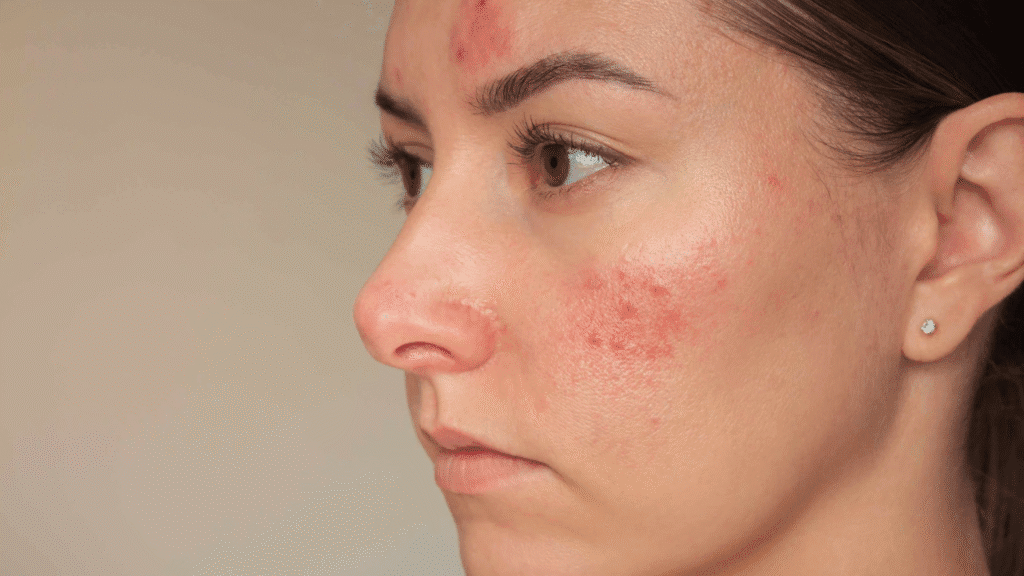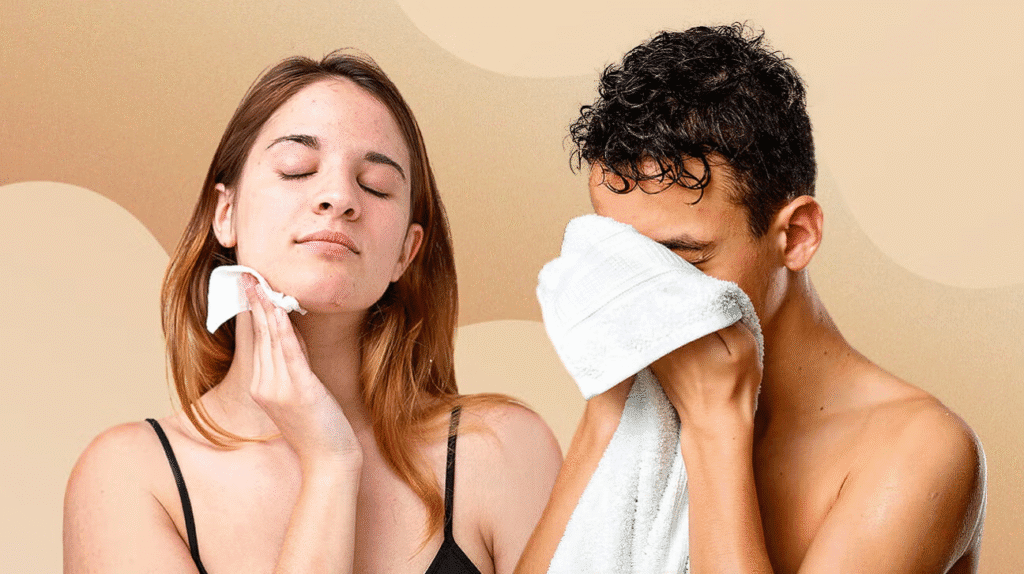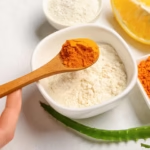Hey, I get it. Skincare is supposed to be self-love, right? But sometimes, despite our best intentions, things go wrong. Maybe you tried a new exfoliant or left a chemical peel on too long—and suddenly, your face feels like it’s on fire. A chemical burn is not just painful but can shake your confidence too.
If you’re staring at red, irritated skin or even blisters, take a deep breath. You’re not alone, and your skin can heal. Let me walk you through what’s happening and, more importantly, how to help your skin recover gently and safely.
How Can You Tell It’s a Chemical Burn?

It’s easy to confuse a burn with just irritation or a breakout, but chemical burns tend to scream a bit louder. Here’s what to look out for:
- Redness that won’t quit: It’s not just a little flush; it’s angry, inflamed, and maybe spreading.
- That burning feeling: Like your skin is literally stinging or on fire—and it doesn’t fade quickly.
- Blisters popping up: Yikes, this means your skin’s barrier is seriously damaged.
- Peeling or flaky skin: Your skin might be shedding its top layer painfully.
- Swelling or puffiness: The affected area can look puffy or swollen.
- Dark spots or patches: Sometimes burns leave stubborn discoloration behind.
This is very different from normal breakouts or purging, which usually settle down in weeks. A chemical burn demands a kind and gentle touch.
How to Care for Your Burnt Skin — The Right Way

1. STOP using strong skincare actives
This is your skin’s time-out. No retinol, no acids (AHAs, BHAs), no vitamin C for now. These potent products will only make your skin angrier and slow healing. Instead, go back to basics—gentle cleansing and a simple, soothing moisturizer.
2. Shower your skin with hydration and love
Burnt skin feels tight and dry because its natural protective barrier is hurt. Hydration is your best friend now. Reach for moisturizers with hyaluronic acid, ceramides, or glycerin—these will gently rebuild your skin’s defenses without clogging pores or adding more stress.
3. Soothe your skin like a warm hug
Ingredients like aloe vera, centella asiatica, and licorice extract aren’t just fancy names—they calm redness and help your skin bounce back. Keep it simple and kind; your skin doesn’t want anything complicated right now.
4. Don’t forget sunscreen — even indoors!
Sunlight can be brutal on healing skin, causing lasting dark spots or scars. Use a broad-spectrum SPF 30 or higher, even if you’re inside by the window. Choose a lightweight, gentle sunscreen that won’t feel heavy or clog your pores.
5. Know when to call the pros
If your skin looks seriously damaged—think blistering, intense pain, or swelling that doesn’t improve—please see a dermatologist. They have the magic (and medicines) to calm inflammation and protect your skin from permanent damage.
Extra TLC Tips for Healing

- Drink lots of water. Yes, hydration starts from within!
- Use a mild, fragrance-free cleanser that won’t strip your skin’s oils.
- Try a cool compress (not ice!) to soothe swelling and ease discomfort.
- Resist the urge to hide your skin under makeup—it can irritate and slow healing.
What NOT to Do (Please Read This!)
- Don’t go back to strong actives too soon—they’re like salt on a wound right now.
- No scrubs or exfoliants. Your skin needs rest, not more irritation.
- Ice directly on your skin? No, no. It can make things worse.
- Avoid alcohol, fragrance, or harsh ingredients in skincare—they’ll just sting.
- Don’t pick, scratch, or peel off flaky skin. It’s tempting, but it can cause scars or infections.
- Don’t skip sunscreen. Sun makes burns worse and leaves dark marks.
- Don’t overdo heavy creams that trap heat and bacteria. Keep moisturizers light and soothing.
You’ve Got This
Chemical burns are scary and painful, but with patience and gentle care, your skin will come back healthier and stronger. Treat your face like the precious skin it is—kindness is the best medicine here.
Also Read : 16 Natural Remedies for Eczema



